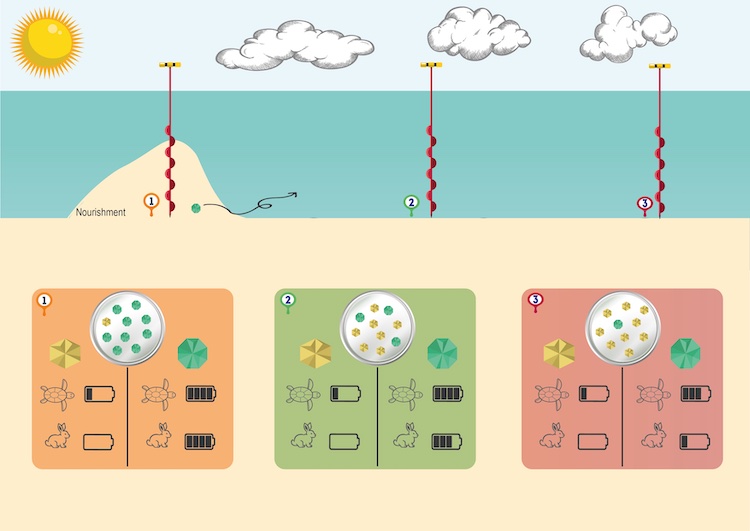A.M. de Boer1*, J. Wallinga1, E.L. Chamberlain1,2, B.C. van Prooijen3
1 Wageningen University & Research,
2 Vanderbilt University,
3 TU Delft,
Introduction
The ability to trace the movement of sediment in nature is key to predicting geomorphic change associated with a vast and diverse range of fluvial, coastal, and anthropogenic processes. In the Netherlands, a new coastal mega-nourishment project aims to maintain a portion of the North Sea coastline through sand deposition at the Ameland inlet ebb-tidal delta. How this nourishment sand will disperse and its geomorphic and ecologic impacts are not well known and will be assessed within our NWO funded TRAILS project. Luminescence, that is, the ability of sediment grains to store energy as trapped charge and release that charge as light upon (sun)light or heat exposure, presents a novel and largely undeveloped means of sediment tracing. While luminescence techniques are conventionally used for dating the burial age of sediments, luminescence itself may be an ideal sediment tracer because it is environmentally friendly, highly sensitive and strongly bound to sand grains, and does not interfere with sediment transport. Here, we develop the degree of charge evacuation ("bleaching") of luminescence signals as a means to trace coastal sediment dispersal. This will be applied to differentiate two populations of grains, nourished (figure: green symbol) and native (figure: yellow symbol).
Methods
A variety of luminescence signals can be obtained using different minerals and stimulation protocols, such as the infrared stimulated luminescence (IRSL) signal of feldspar grains. Focusing on a single feldspar grain, multiple signals can be extracted by repeated infrared stimulation at increasing temperatures, known as post-infrared IRSL (pIRIR). The higher temperature pIRIR signals are less light sensitive and therefore bleach more slowly than the IRSL and low-temperature pIRIR signals. We develop and apply a multiple elevated temperature (MET) measurement protocol to extract slow- (figure: turtle symbol) and fast-to-bleach (figure: hare symbol) signals from feldspar grains on a single-grain level.
Preliminary results
We offer a conceptual framework and will share preliminary results for how slow- and fast-to-bleach signals can be paired to reveal both provenance (deep time) and transport history (modern time) of sand grains, i.e. luminescence sediment fingerprinting. Our future work will vet and apply this framework to track sand of the Ameland inlet ebb-tidal delta nourishment. Broadly, our work will contribute to improved coastal engineering strategies and methodological advancements of the science of luminescence.

Figure: Conceptual overview of our study's principal. The augers indicate three sampling locations. The petri discs show native (yellow) and nourished (green) grains. The turtle indicates slow-to-bleach signals, whereas the hare indicates fast-to-bleach signals. The battery is an analogue for the degree of signal bleaching.
I. Surname1*, F.N. Another-Surname2 , Y. Next-Surname2
1 University Name, Country; 2 Organization Name, Country
* Corresponding author: mail.name@organization.org


